
If you’re looking to enjoy the great outdoors, but also stay connected with friends and family back home, you may wonder if you can still have an internet connection in your RV. Actually, yes!
If this seems like a foreign concept to you, don’t worry! There are several options available for connecting your new home on wheels to the internet so that you can enjoy the world’s resources from your own backyard—literally!
First Think about How You Will be Using the Internet in Your RV
The first thing you’ll need to do is determine exactly what your needs are. Many people who travel full-time use their RVs as mobile offices and do a lot of work while they’re on the go.
That’s a very common scenario—however, it also means that your biggest need is bandwidth and not just any wireless signal will do. You’ll want a reliable high-speed connection so that all of your streaming, video chatting, and other data-heavy online activity can take place with minimal delay.
Otherwise, you might experience lag or stuttering when trying to watch videos or play games online; after all, reliability is one of many hallmarks of an excellent Wi-Fi network.
Other needs are simple—maybe you just want a way to stay connected with friends and family back home while traveling. In that case, a fast wireless signal would be nice but not necessarily required for your needs.
With that in mind, it’s time to decide what kind of connection will work best for your situation. There are two main options: satellite and cellular (Wi-Fi).
Both offer different pros and cons depending on where you’re traveling—and even where you live! For example, if you’re staying at a campground outside of town and don’t plan on driving anywhere during your stay then satellite may be perfect for your needs as it offers more consistent coverage than Wi-Fi does.
Use Your Phone Hotspot For the Internet in Your RV
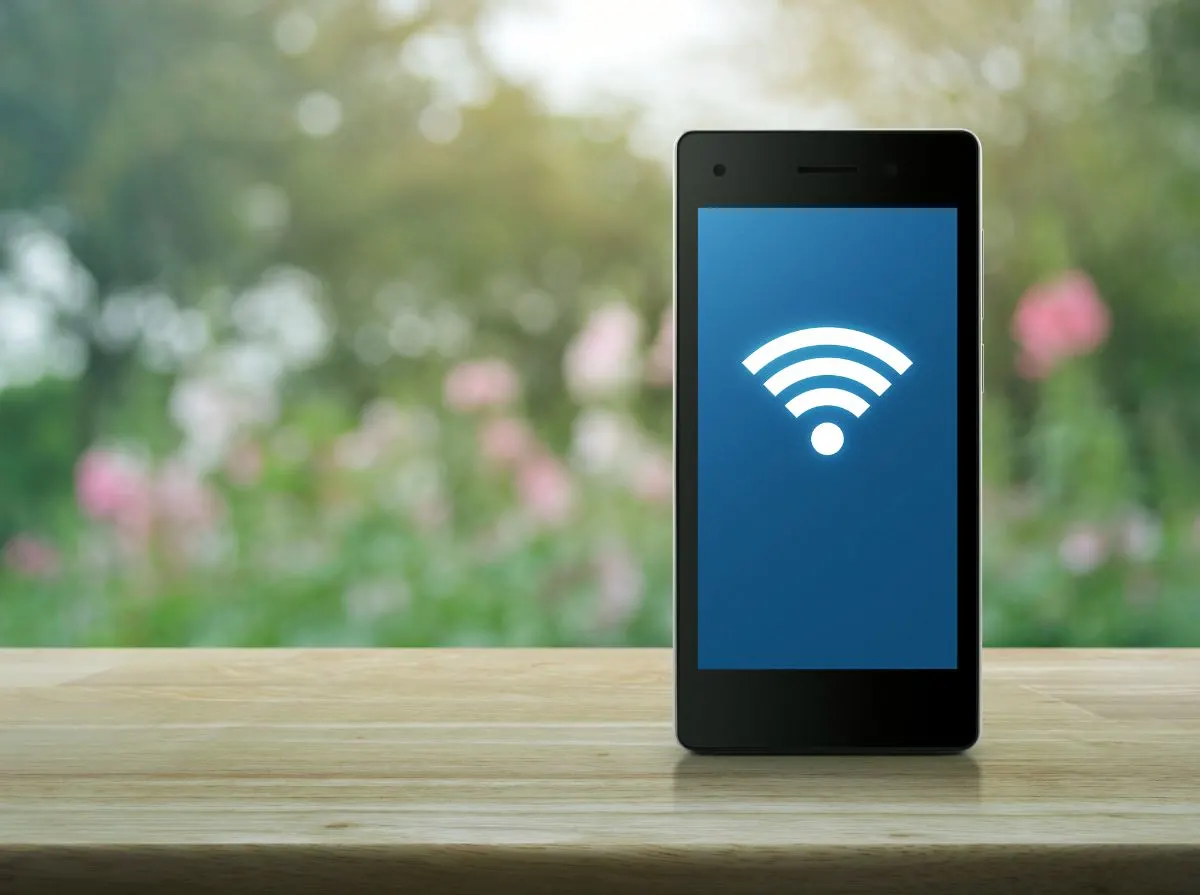
With a smartphone, it’s possible to turn your phone into a Wi-Fi hotspot for your RV. This means you can use your phone as an internet source for your laptop or tablet when you aren’t near a campground with full hookups.
Just make sure your plan covers tethering (sometimes called mobile hotspot) and that it doesn’t count against your data allotment if you do use it. Some plans even let you share a cellular connection with up to five devices.
Also, be aware of any limits on bandwidth or download speeds when using your phone as a hotspot; they may be lower than what you get from campground Wi-Fi or satellite connections.
It’s also important to note that streaming video over a cell network can eat up bandwidth quickly and put extra strain on batteries.
Get a Mobile Hotspot WiFi Router
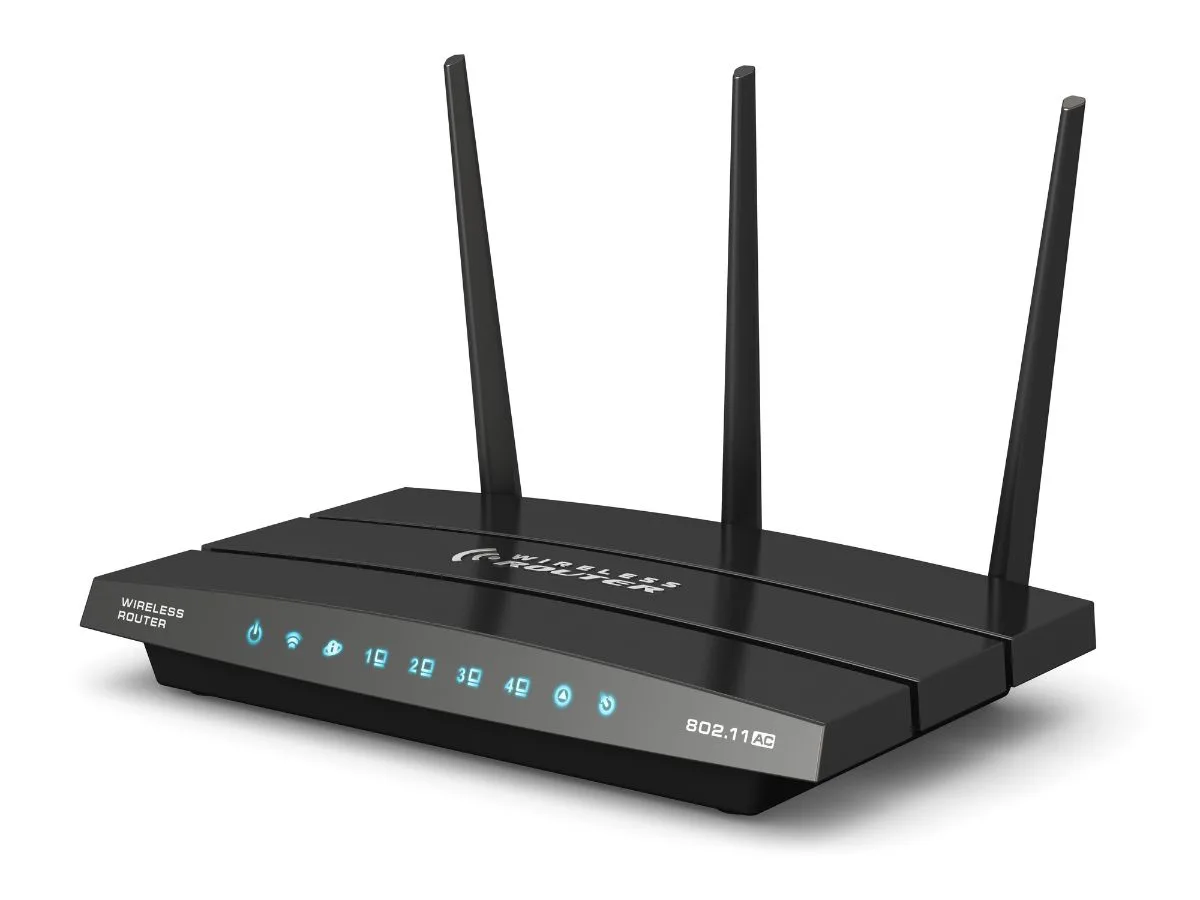
Some mobile hotspot routers and modems can actually let you connect to a few devices at once—meaning that your family members will be able to access Wi-Fi on their phones and laptops as you all travel across the country.
Of course, each individual hotspot provider has its own regulations for how many devices can be connected at once. Fortunately, some are extremely generous when it comes to the number of simultaneous connections allowed.
Keep in mind that mobile hotspots usually don’t come with unlimited data plans. You’ll want to look into what kind of data package your carrier offers before signing up for a plan.
Get a Satellite Dish Mounted on Your RV For Internet
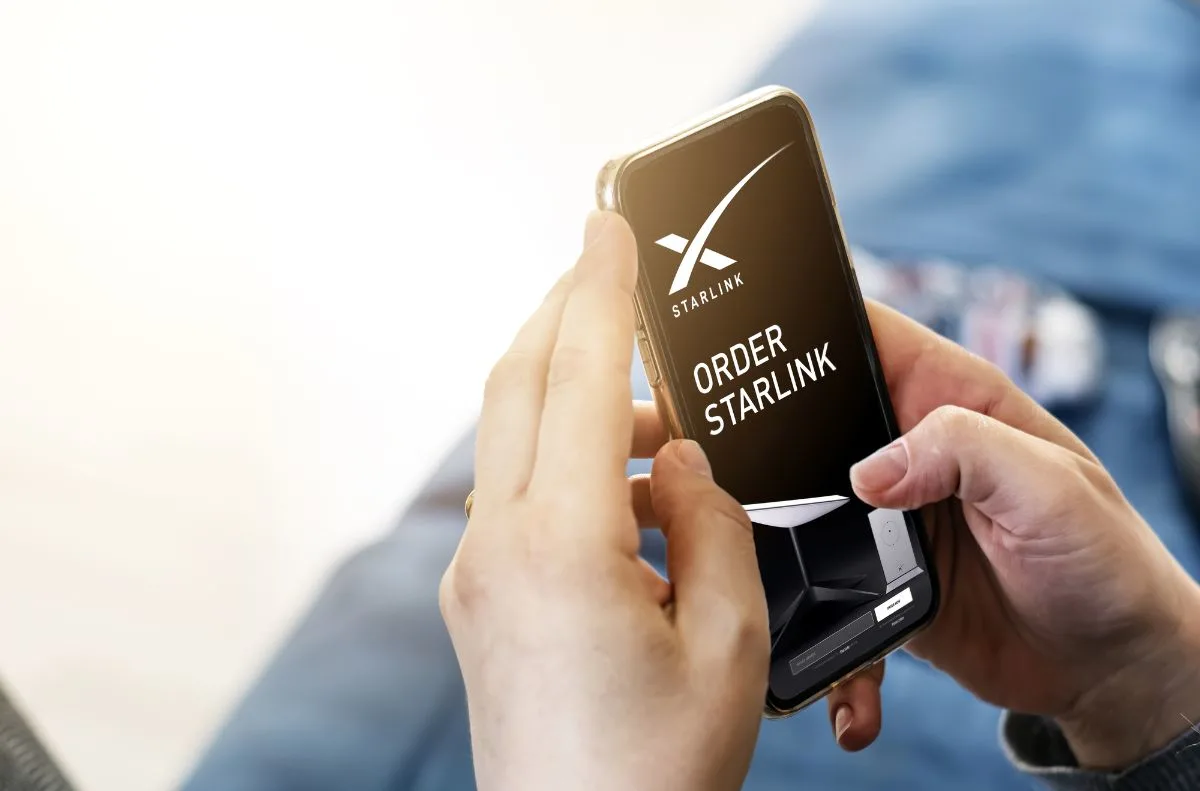
Most Americans are accustomed to either cable or DSL. With a dish, you can receive high-speed Internet from almost anywhere you can drive your RV.
Satellite Internet service might be best for people who want to live full-time in their RV but don’t want to give up all of their modern conveniences completely. You might consider it if you travel frequently or if your campground is remote.
SpaceX has recently released Starlink, which offers high-speed internet of up to 200 megabytes per second. You can order a kit from their website, but due to the high volume of orders, you may not receive your kit for 6 months to 1 year.
Is There WiFi at Campgrounds?

Yes, campgrounds do offer Wi-Fi, but it’s often slow. Campgrounds work with local providers to create a network of Wi-Fi spots around their property that cover all of its major campsites.
Many times, there will be just one spot or a few spots on each site—so if that’s not enough for your needs, you might want to look into other options. Most campgrounds only offer limited coverage and don’t have hotspots like hotels do, meaning what little access they do offer comes at a cost.
Check the Cellular Signal at the Campground Before Arriving
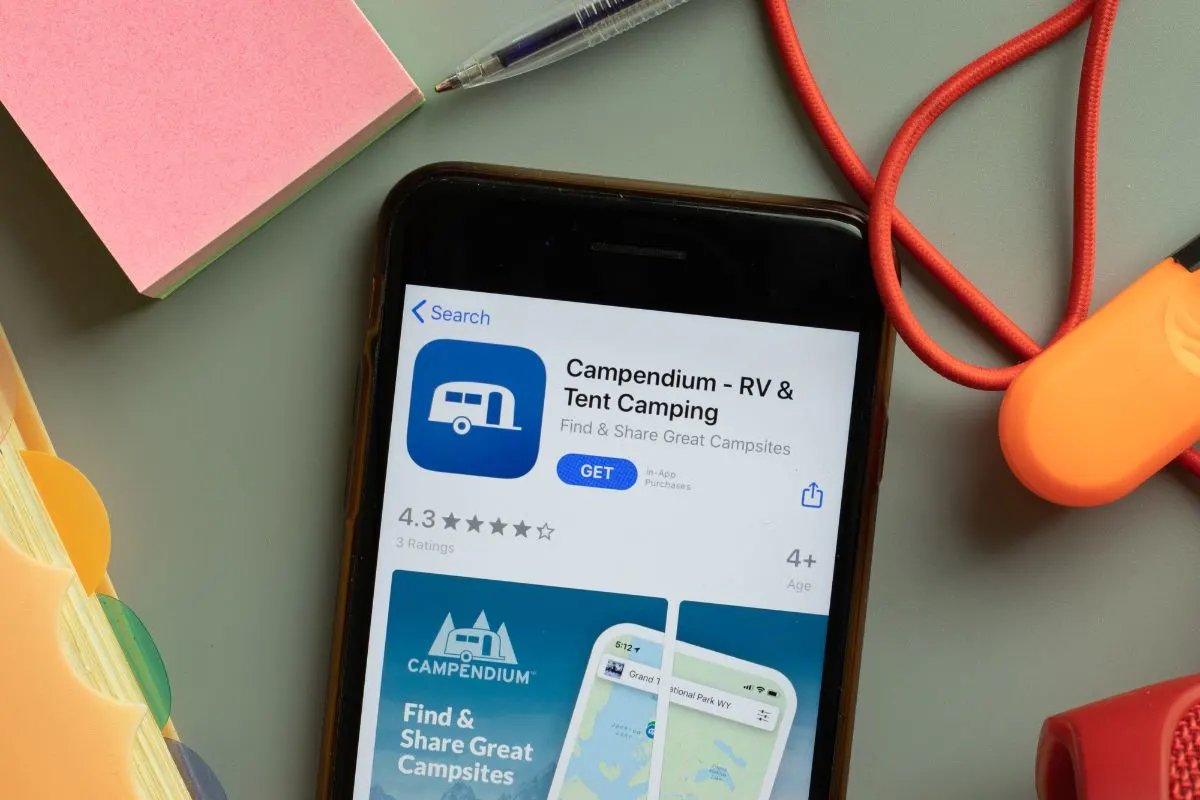
Campendium has a full listing of campgrounds with detailed reviews and photos. This is a great place to get information on which campgrounds are best suited for Wi-Fi or cellular service.
Note that when relying on cell service as your primary means of Internet access, getting to a campground isn’t enough – you’ll also need to research what type of connection and service speeds are available there.
And if you don’t have cell phone service where you park your RV (i.e., in rural areas), it might be time to consider other options for accessing the internet, such as a satellite connection.
Important Terms You Need to Know for RV Internet
There are some important terms to know if you plan on traveling with the internet in a mobile home or RV. We’ll go over these terms here, and hopefully help you decide which option is best for your family.
Speed Test
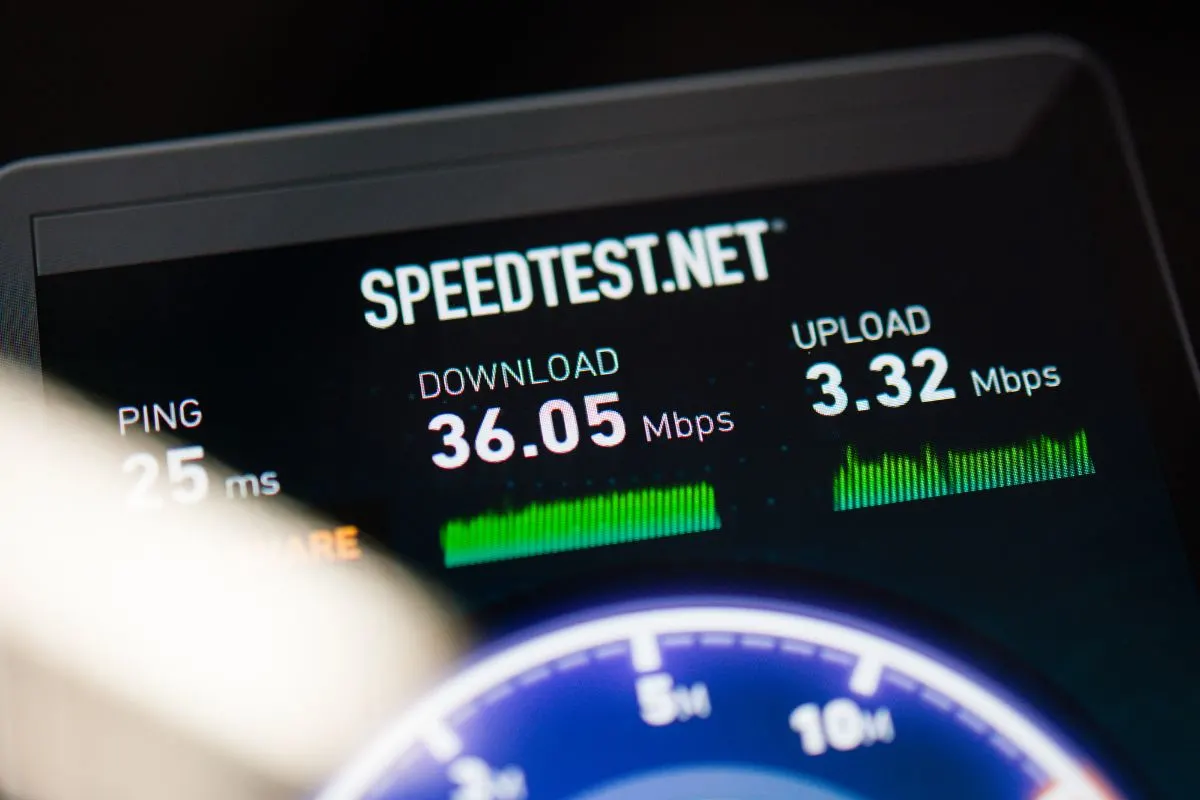
Download and upload speeds are very important to consider when getting internet in your RV. You can test your internet speed by going to Google and typing in “speed test” and clicking ‘Run Speed Test’.
These numbers will tell you what sort of things you can do online – from watching Netflix to getting a real-time GPS system. Netflix recommends a download speed of 3 megabytes per second (Mbps).
You may think 3 Mbps (megabits per second) download speed is fast enough for your needs, but if you intend on working from home or managing a business remotely, then it’s important to know what sort of speeds you would be able to achieve with your data plan.
Extender, Repeater, or Ranger
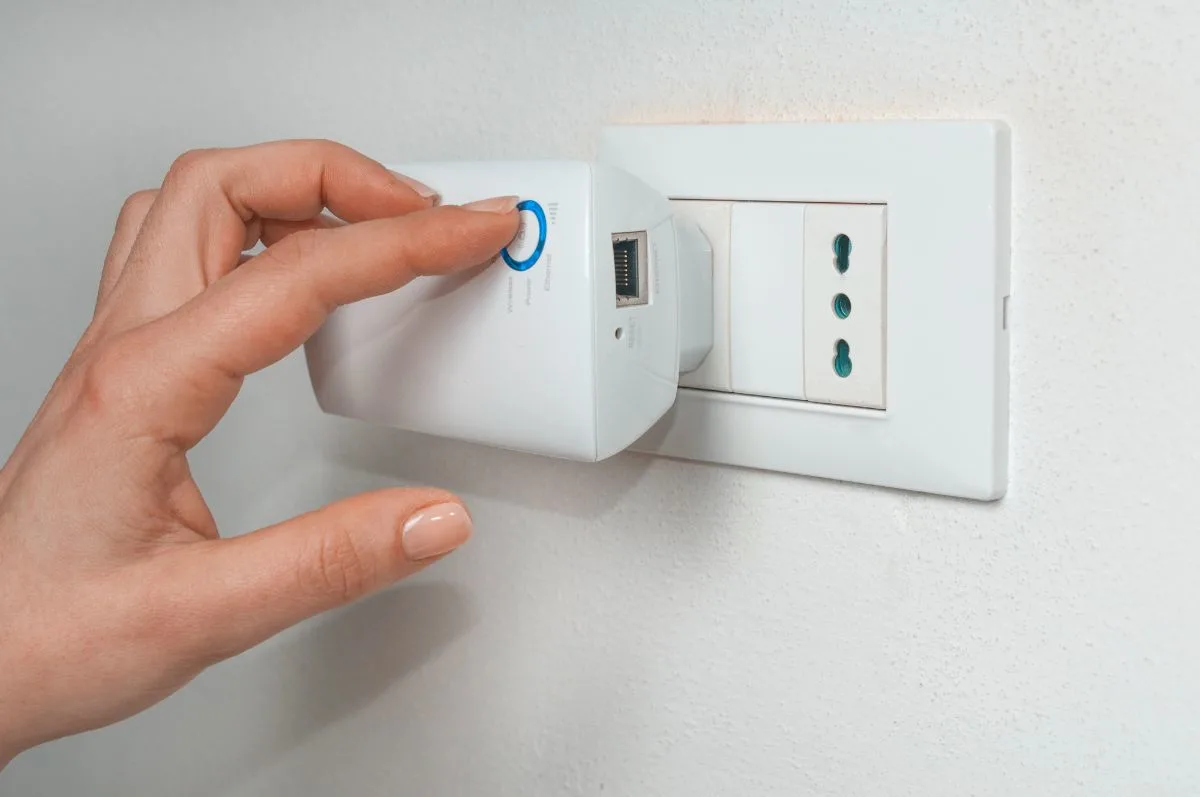
A repeater simply repeats a WiFi signal to extend its range. An extender does exactly what it sounds like – it extends a WiFi signal by boosting or repeating it from another location. And a ranger sends out a WiFi signal that picks up and rebroadcasts other networks within range.
You might also see these devices referred to as wireless range extenders or Wi-Fi boosters. These are good for campgrounds that have a weak WiFi signal space at your parking spot. You can get a better signal as if you are closer to the campground’s WiFi without being parked in front of it.
Booster
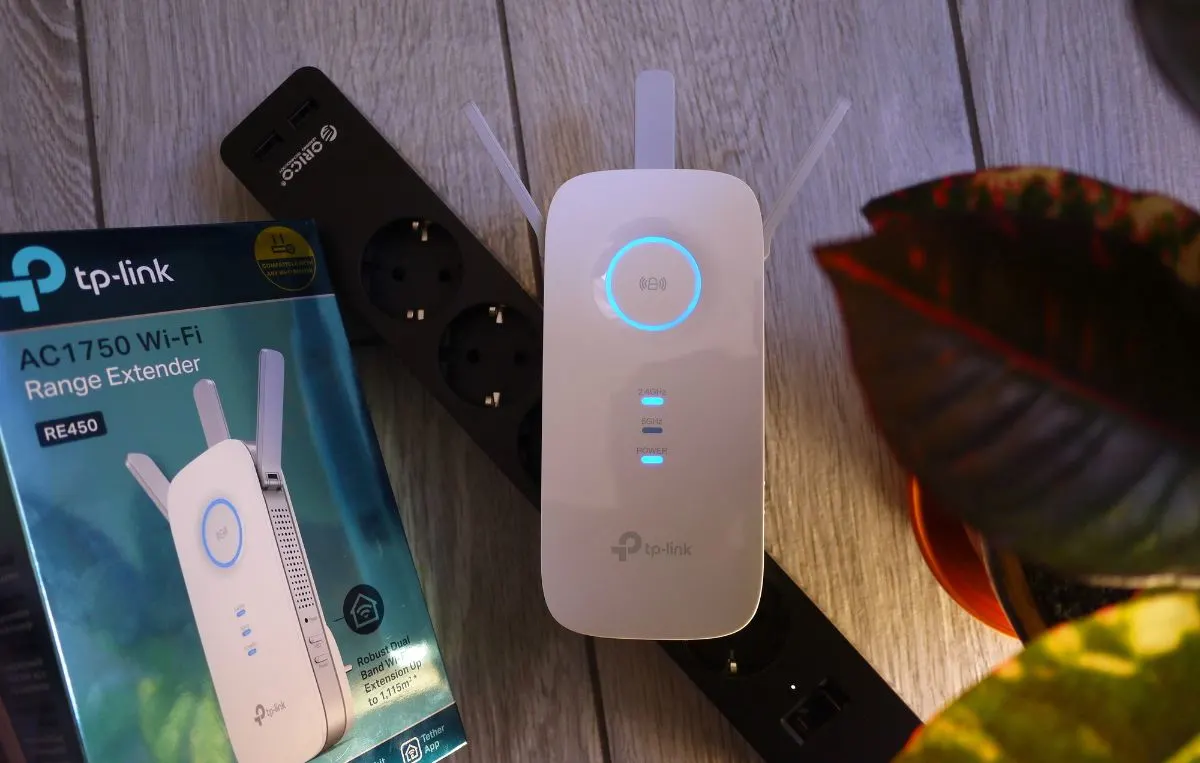
There are a variety of different types of booster technologies on the market today. Here’s what you need to know about each:
Cellular boosters operate by receiving and amplifying your mobile signal via an antenna. This amplified signal is then rebroadcast from your booster’s antenna to your device via a cable or over WiFi (when it is within range).
You’ll want to make sure that there are no obstructions between your cell phone and the booster’s antenna, as these could impact your signal or even prevent it from reaching your cellular booster altogether.
Although boosters can help increase data speeds somewhat on 4G LTE networks, they are most effective at boosting voice calls—they won’t speed up cellular data speeds much at all.
Throttling
When your phone connects to a cell network, you probably don’t notice. But a long enough conversation or data transfer can stress that network. To protect its infrastructure and serve you better in the future, your carrier might reduce your speed when you reach a certain threshold.
That may mean slower web browsing—but that’s also why downloading music or videos over your cell phone doesn’t usually work very well. In many cases, throttling is temporary:
When you use less bandwidth for a certain period of time, your provider will restore your signal to normal speed. In other cases—particularly with unlimited plans—it might stick around until your next bill cycle.
